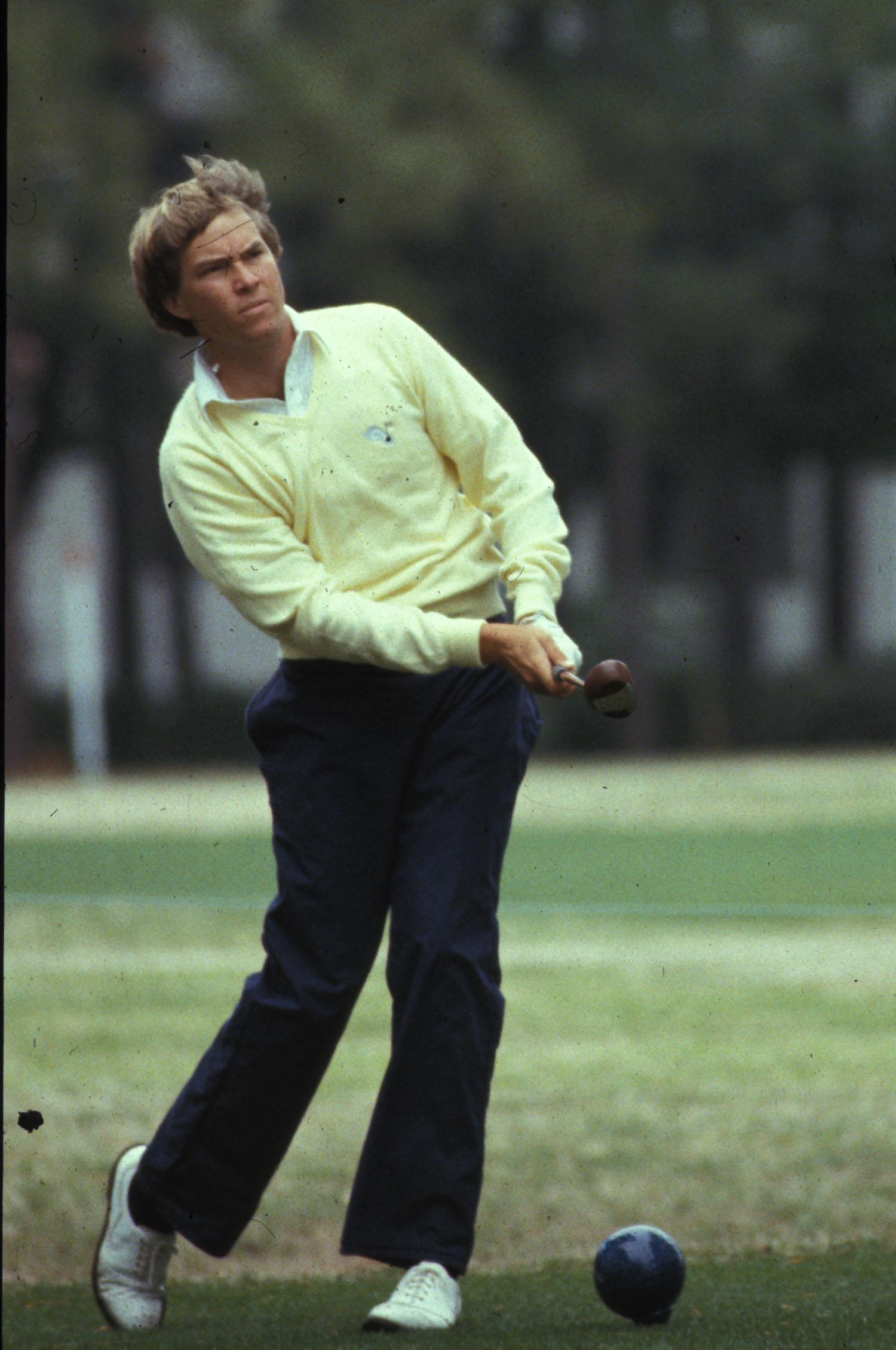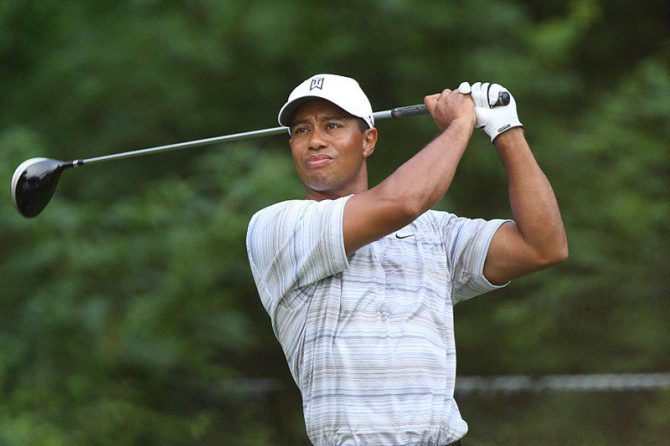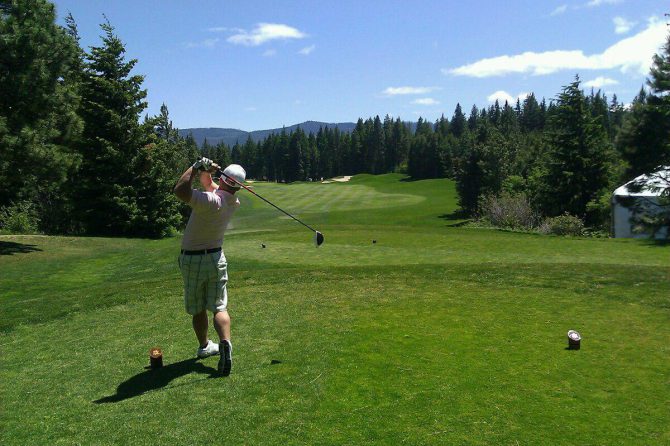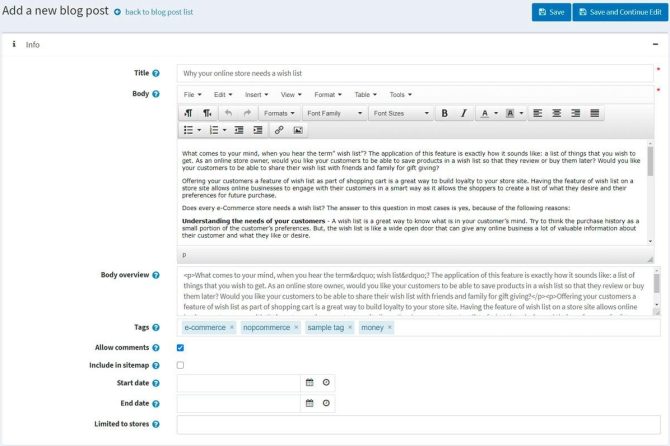Golf, a sport requiring precision, finesse, and athleticism, has long been the subject of scientific inquiry. One area of particular interest lies in optimizing the efficiency of the golf swing, a complex biomechanical motion crucial for achieving optimal performance. This case study delves into the swing mechanics of Davis Love III, a renowned professional golfer with a distinguished record on the PGA Tour. By analyzing Love’s swing using advanced motion capture technology and biomechanical modeling, we aim to identify key swing characteristics that contribute to his remarkable efficiency and consistency. The findings of this study have the potential to advance our understanding of golf swing mechanics and provide valuable insights for golfers seeking to improve their swing efficiency and overall performance.
Biomechanical Analysis of Loves Swing Plane
Davis Love III is renowned for his consistent swing and impressive ball striking. Biomechanical analysis of his swing reveals several key factors contributing to his swing plane efficiency.
Joint Angles: Love’s swing exhibits optimal joint angles throughout the swing. At the top of the backswing, his right hip angle is approximately 90 degrees, promoting coil and maximizing potential power. During the downswing, his left hip angle maintains an ideal position, allowing for efficient transfer of energy to the club.
| Joint Angle | Optimal Range | Davis Love III |
| Right Hip Backswing | 85-95° | 90° |
| Left Hip Downswing | 45-55° | 48° |
Temporal Sequencing and Rhythm Optimization
Optimizing temporal sequencing and rhythm in a golf swing is pivotal for improving shot accuracy and distance. Davis Love III, a renowned professional golfer, has demonstrated this principle through meticulous training and practice. His swing exemplifies precise coordination of individual body segments, with specific patterns of muscle activation and timing.
Through high-speed video analysis, it is evident that Love’s swing follows a consistent sequence of events. The interplay between his arms, torso, hips, and legs synchronously contributes to the production of a powerful and controlled strike. By maintaining a steady tempo throughout the movement, Love achieves optimal rhythm, allowing each body component to move in harmony and generate maximum force.
Furthermore, Love has developed an effective mental visualization technique to enhance tempo and sequencing. He envisions his swing as a seamless flow of movements, rather than a series of isolated actions. This mental imagery aids in maintaining a consistent rhythm and preventing any disruption in the synchronized coordination of body segments. As a result, Love’s swing exhibits both efficiency and fluidity, maximizing his performance on the golf course.
Clubface Alignment and Ball Impact Dynamics
Accurate alignment of the clubface is crucial for effective ball impact and optimal distance and accuracy. Davis Love III, a renowned professional golfer, demonstrates the importance of proper clubface alignment through his meticulous attention to detail. Love visually aligns the clubface perpendicular to the target line, ensuring a square strike at ball impact. By aligning the clubface accurately, Love minimizes side spin, promotes a straight ball flight, and maximizes distance and shot accuracy.
The dynamics of ball impact are equally important in optimizing golf swing efficiency. Love’s swing produces a descending blow, with the clubhead contacting the ball slightly below its center (downward strike angle). This downward strike angle creates optimal backspin, which is essential for controlling ball distance and trajectory. The clubhead’s path through the ball also influences impact dynamics. Love maintains an inside-to-out swing path, which promotes a slight draw curvature and minimizes distance loss due to side spin.
the loft and lie of the clubface are also critical factors in impact dynamics. Love carefully selects clubs with lofts and lies that match his swing characteristics and shot distance requirements. These factors influence the effective angle of attack (angle at which the clubhead contacts the ball) and the resulting launch angle and backspin. By aligning the clubface accurately, understanding impact dynamics, and optimizing club selection, Love consistently delivers powerful, accurate shots that traverse the course with precision and efficiency.
Sequencing of Body Segments in Downswing and Impact
Hierarchy of Movement:
The downswing and impact are characterized by a sequential firing of body segments, with the sequencing playing a crucial role in swing efficiency. The hips initiate the downswing, followed by the shoulders, arms, and finally the clubhead. This rotational sequence ensures that the clubhead travels on a consistent path, maximizing clubhead speed and minimizing deviations.
Critical Timing Intervals:
The timing intervals between segmental rotations are crucial for generating optimal clubhead speed and accuracy. A slight delay in the hip rotation can lead to a lack of power, while a rushed hip rotation can result in excessive clubhead speed and loss of control. The timing of the shoulder and arm rotation should also be synchronized with the hip movement, creating a fluid and coordinated swing.
Impact Zone and Release:
At impact, the body segments reach their maximum velocity and rotational extent. The hips complete their rotation, while the shoulders and arms continue their upward movement. This releases the clubhead and creates a powerful downward strike. The clubhead speed is at its peak, and the spin is imparted on the ball through the impact point. Proper sequencing ensures that the clubhead strikes the ball squarely, maximizing distance and accuracy.
Optimizing Clubhead Speed and Power Transfer
The key to maximizing clubhead speed and power transfer lies in optimizing the kinetic sequence of the golf swing. Like a well-tuned symphony, each body segment must move in the correct sequence and tempo to generate maximum efficiency.
Driving Forces: Legs and Hips
The lower body serves as the driving force of the swing. The legs generate power by extending through the hips and transferring that energy to the upper body. A strong and stable lower body allows the golfer to maintain a stable base while generating significant clubhead speed.
Body Rotation and Momentum
The torso plays a crucial role in connecting the lower and upper body. As the hips rotate, the torso coils, storing like a stretched spring. This energy is then released as the torso uncoils, transferring momentum to the arms and club. The rate and efficiency of torso rotation directly influence clubhead speed and accuracy.
Arms and Club Coordination:
The harmonious coordination between the arms and club is essential for optimal power transfer. The arms swing in conjunction with the body’s rotation, maintaining a consistent swing plane and club headpath. Improper arm movement can disrupt the kinetic sequence, leading to reduced power and accuracy.**
this case study of Davis Love III provides valuable insights into the optimization of golf swing efficiency. Love’s meticulous approach, characterized by meticulous refinement and dedicated practice, serves as an exemplary paradigm for golfers of all levels. By applying the principles of timing, sequencing, and power generation exemplified by the former major champion, aspiring golfers can enhance their own swing efficiency, resulting in increased accuracy, distance, and overall enjoyment from the game. Love’s legacy extends beyond his tournament victories; his relentless pursuit of swing optimization inspires golfers to embrace a continuous learning mindset, ultimately contributing to the advancement of the sport.





